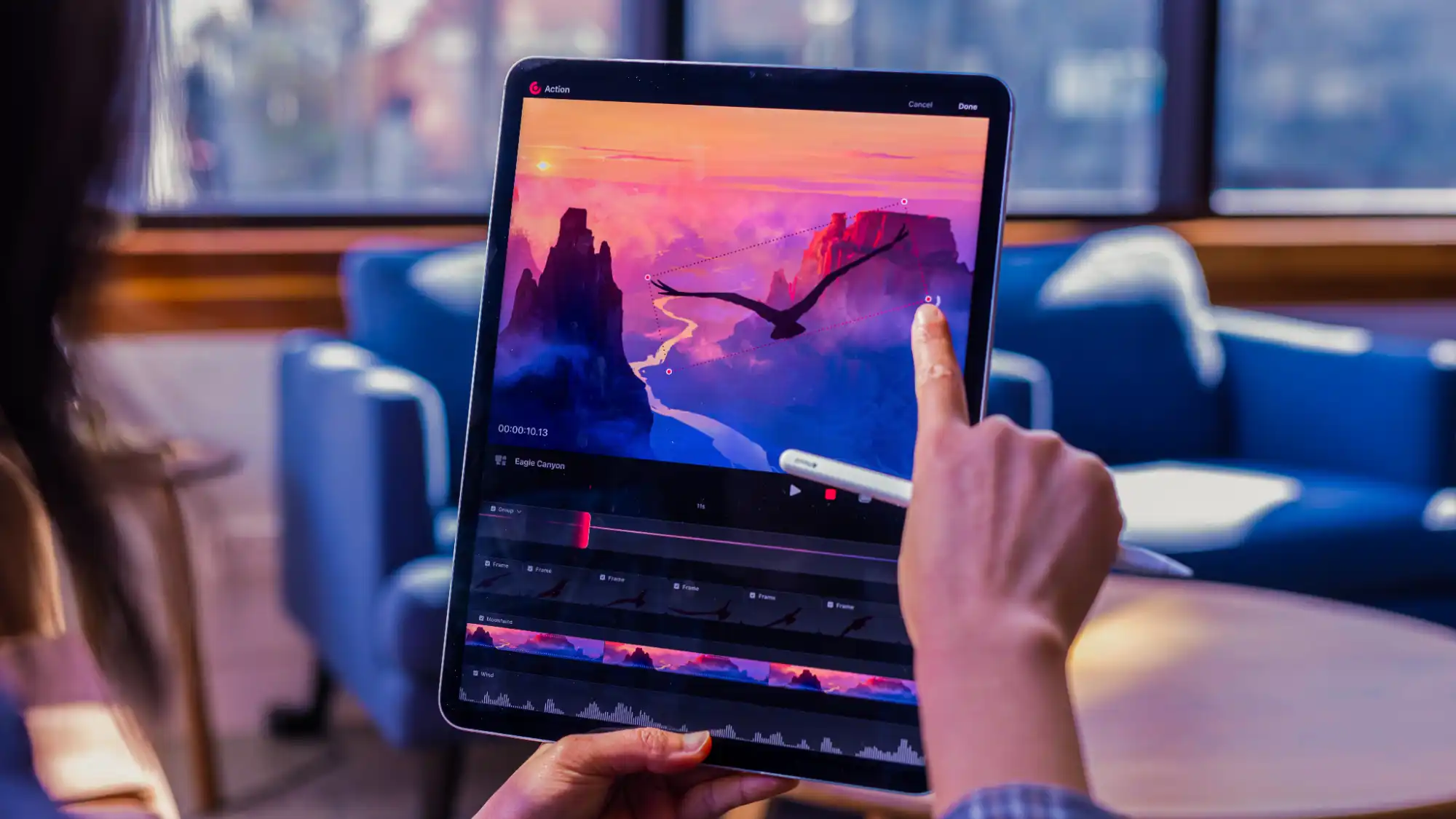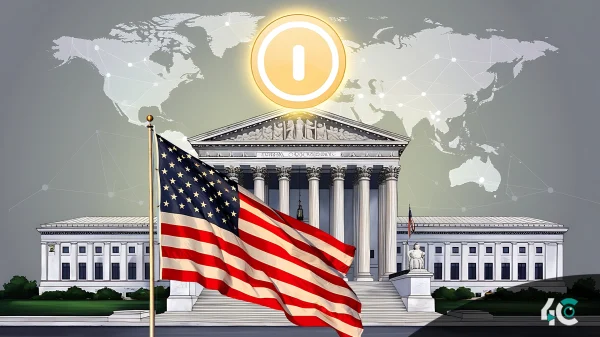The popular iPad drawing app Procreate has made the clear and brave choice to stay away from creative AI. This sets it apart from many of its competitors. Other digital art platforms, like Adobe and Canva, are adding more and more AI features to their apps. Procreate, on the other hand, has chosen a different path and is instead focused on supporting and saving human creation.
James Cuda, CEO of Procreate, has made it clear that he doesn’t like the idea of creative AI being used in digital art. His strong dislike was shown in a social media video where he said, “I truly despise generative AI.” “I don’t like what’s happening in the industry, and I don’t like what it’s doing to artists.” He made it clear that Procreate will not be adding generative AI to its goods because he believes that this kind of technology takes away from the essence of creation.
This is what Procreate is going to do, even though many other digital art platforms are rushing to add AI to their tools. For example, Adobe’s Firefly models now have a number of creative AI features, and Canva’s Magic Studio now has AI-powered features as well. Even though this is the trend in the industry, Procreate is sure that its choice to stay away from generative AI is the right one, even if it means falling behind in the technology race.
Procreate is not the first company to do what they are doing. In 2022, when the Japanese drawing app Clip Studio Paint said it was going to add an AI picture generator, its users didn’t like the idea. In the end, the company chose not to add the feature because it was worried about how it would affect artists’ intellectual property and how it might turn off its current users.
Additionally, Procreate has promised its users that it will not alter its data and privacy rules. This means that artists’ work will stay safe and private. On the other hand, Adobe’s terms of service were changed to address concerns about using user material to teach AI models. Adobe later clarified this claim.
Procreate’s move gives artists a choice in a world where digital art platforms are becoming more split into those that support AI and those that don’t. Procreate is taking a chance by putting human creation ahead of automated processes, but users who care a lot about artistic quality might really like it.
It’s not clear if other companies will follow Procreate’s lead or stick with AI-driven solutions as the industry changes. For now, Procreate is still sure that encouraging people to be creative is the best way to move forward.
































